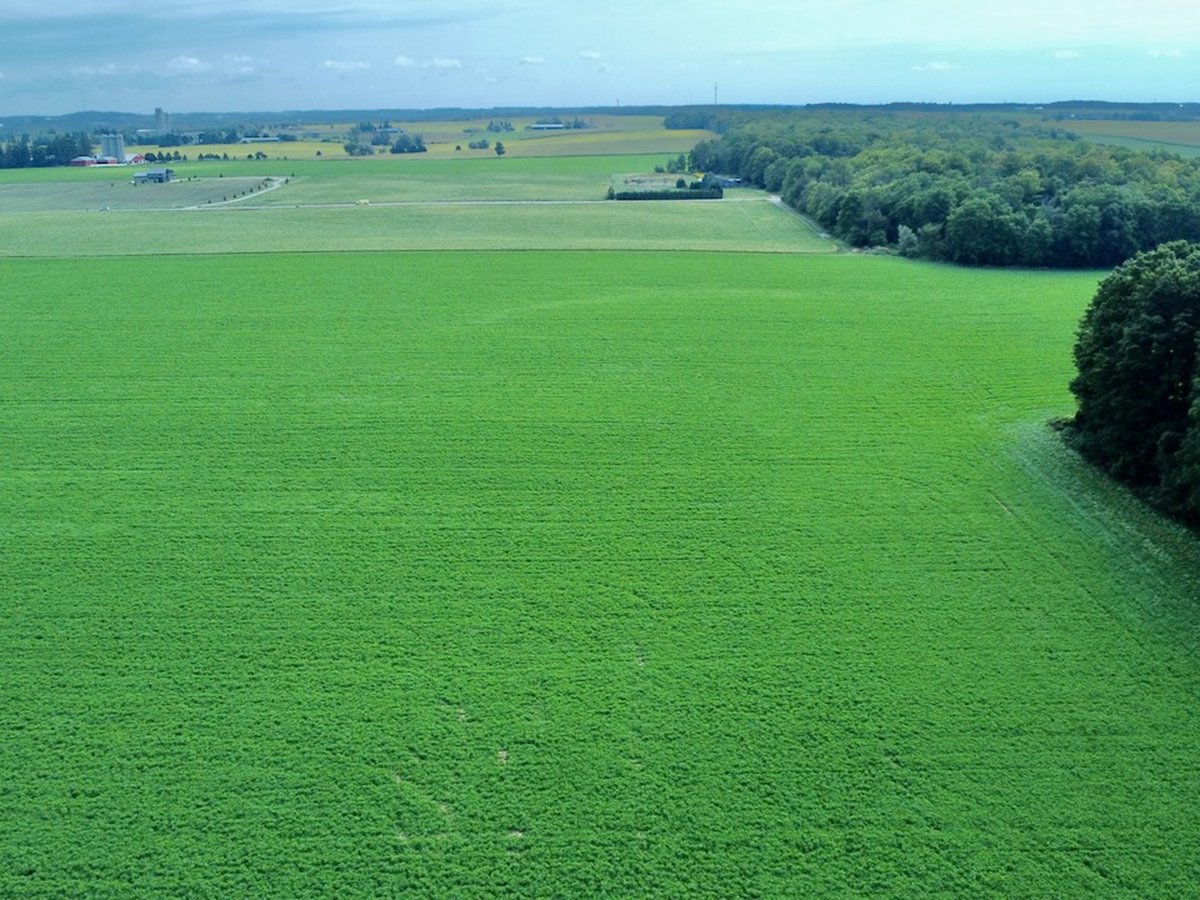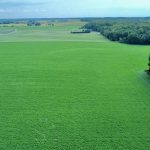A new kind of wheat being developed by scientists in Winnipeg could end up being one of the best things to happen to sliced bread.
They’ve taken the red out of hard red spring wheat, and made it white.
Hard red spring wheat is known for its milling and baking qualities around the world.
But hard white spring wheat may have the potential to replace most of the standard bearer in prairie fields, said Fred Townley-Smith, the bread wheat breeder at Agriculture Canada’s Cereal Research Centre.
Read Also

Canadian Alliance for Net Zero Agri-Food launches farm resilience pilot projects
CANZA, the organization funded by some of the leading food industry companies to encourage resilient and regenerative practices on farms, announced how its programs will work on Oct. 7.
“There’s very few markets in the world that you could say a red wheat would really be preferred,” he said, as long as the quality remains as high.
Millers can get more flour from white wheat because its bran is also white. With red wheat, even a little bran in the flour makes it a brown-bread color, said Townley-Smith.
Earl Geddes, who works in market development for the Canadian Wheat Board, said white wheats can also taste better.
“You don’t have the tannins in the red bran color anymore, so it’s a little bit sweeter product in some cases.”
Millers can increase profits when they can extract even two-tenths of a percent more flour from wheat, said Geddes.
If white wheat can boost extraction by half a percent or one percent, “that’s a dramatic economic boon to the miller.”
Australia grows only white wheats, making Canadian hard red spring wheat play second-fiddle in some markets.
“They have a leg up in the white wheat market in that they’ve got years and years of experience growing it,” said Geddes.
Americans are also working to create hard white wheats to grow in the dark northern spring and hard red winter wheat-growing areas of the United States.
Key focus of research
“Virtually every breeding program in the U.S. has a portion of its activity directed towards the production of varieties of white wheat,” said Townley-Smith.
Three years ago, the cereal research centre started using high-tech tools to speed the breeding process from a minimum of 10 years to a minimum of six.
“If there is a preference for white and we’re the only country that doesn’t have them, then we’re at a disadvantage,” said Townley-Smith.
Hard white spring wheat has the potential to be used in any market where hard red spring wheat is the standard, said Geddes.
But the wheat board is particularly interested in getting a better foothold in the Asian noodle markets.
At least half of the hard red spring wheat that moves into the Asia-Pacific region is used for noodles, said Geddes, explaining it has the right strength and bite.
But in the top echelon, Australian prime hard wheat makes a noodle with better color characteristics.
“If you’re first choice, you can extract a higher premium than if you’re second choice,” Geddes said.
The wheat board believes a hard white spring wheat would yield farmers more money in the long run. But Geddes said ensuring the quality of the new wheat is the same as the old will be key.
“This white wheat is going to have to be as good in the bakery, or for the application desired, as the red wheat, for it to overwhelm that side of the market,” he said.














